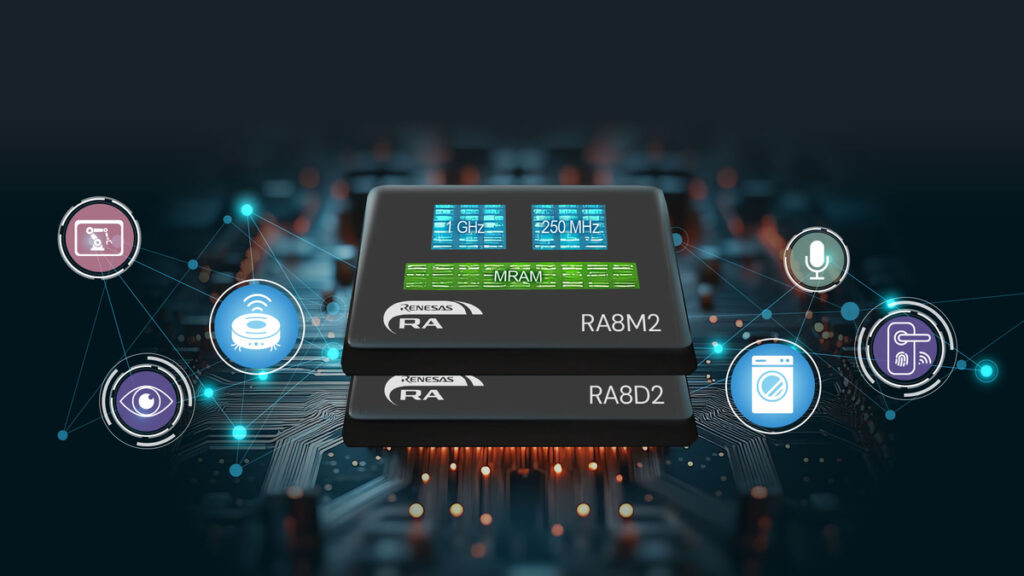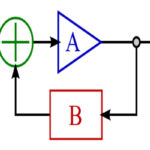 Two new high-performance microcontroller groups have been introduced to support compute-intensive embedded applications in industrial and IoT systems. The devices, built on a 22-nm low-power process, combine a 1 GHz Cortex-M85 processor with an optional 250 MHz Cortex-M33 core to provide a mix of processing power and energy efficiency for complex workloads.
Two new high-performance microcontroller groups have been introduced to support compute-intensive embedded applications in industrial and IoT systems. The devices, built on a 22-nm low-power process, combine a 1 GHz Cortex-M85 processor with an optional 250 MHz Cortex-M33 core to provide a mix of processing power and energy efficiency for complex workloads.
The new microcontrollers extend an existing family of high-speed devices designed for signal processing, control, and graphics-based human-machine interfaces. The M85 core integrates Arm Helium technology for enhanced digital signal processing and machine-learning acceleration, while the optional M33 core enables system partitioning for background or housekeeping tasks, helping reduce overall power consumption.
Both device groups include integrated MRAM, which offers faster write performance and higher endurance than traditional Flash memory. MRAM also eliminates erase cycles and allows byte-level access, reducing latency for frequent data updates. Options include devices with 1 MB of embedded MRAM, 2 MB of SRAM, and forthcoming system-in-package versions with 4 MB or 8 MB of external Flash.
For connectivity and communication, the devices feature dual Gigabit Ethernet interfaces and a two-port Time-Sensitive Networking (TSN) switch to support deterministic industrial networking. Other integrated peripherals include USB 2.0, CAN FD, I3C, I2C, SPI, SCI, and Octal SPI interfaces, along with multiple ADCs, DACs, and comparators for mixed-signal applications. Security is handled through an on-chip cryptographic engine, secure boot with immutable first-stage loader, secure debugging, tamper protection, and support for differential power analysis countermeasures.
The D-series variant targets graphics and display-oriented systems, adding a high-resolution LCD controller (up to 1280 × 800), a two-dimensional drawing engine, camera interfaces supporting MIPI CSI-2 and 16-bit CEU, and audio inputs such as I2S and PDM. These features enable camera, vision-based, and voice-AI functions in control panels, industrial HMIs, and consumer displays.
Both MCU groups are supported by the Flexible Software Package (FSP), which provides board support packages, peripheral drivers, middleware, and connectivity stacks. The framework supports multiple RTOS options—including FreeRTOS, Azure RTOS, and Zephyr—allowing developers to reuse existing code and accelerate migration from earlier designs within the same family.





Leave a Reply